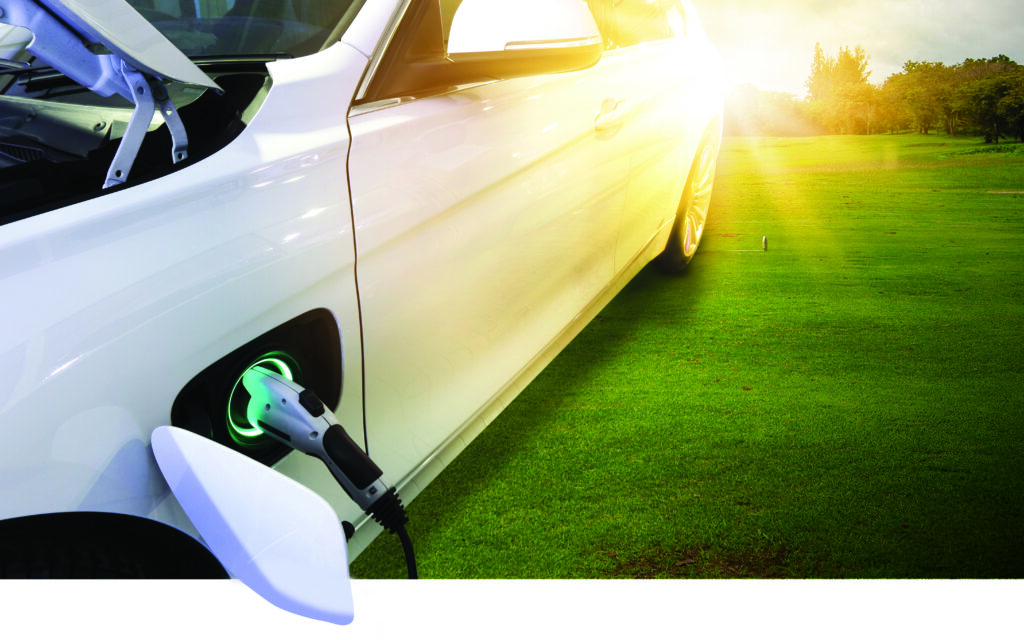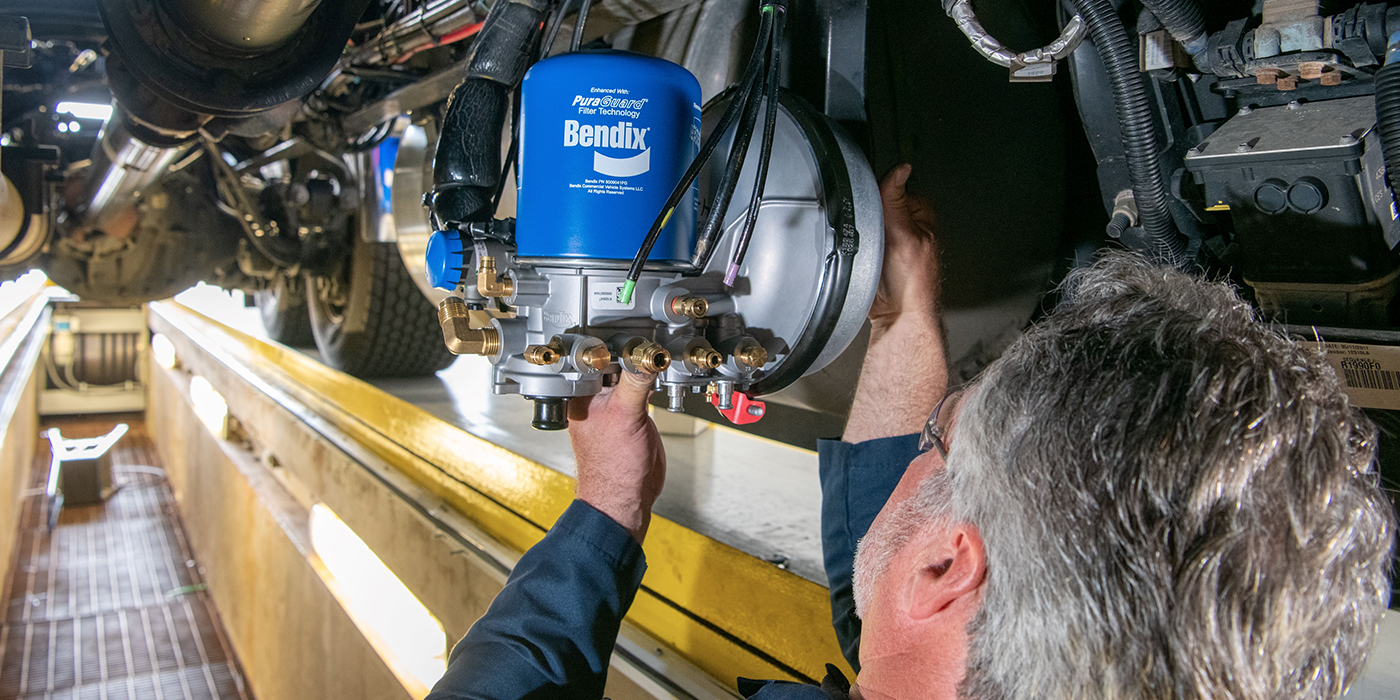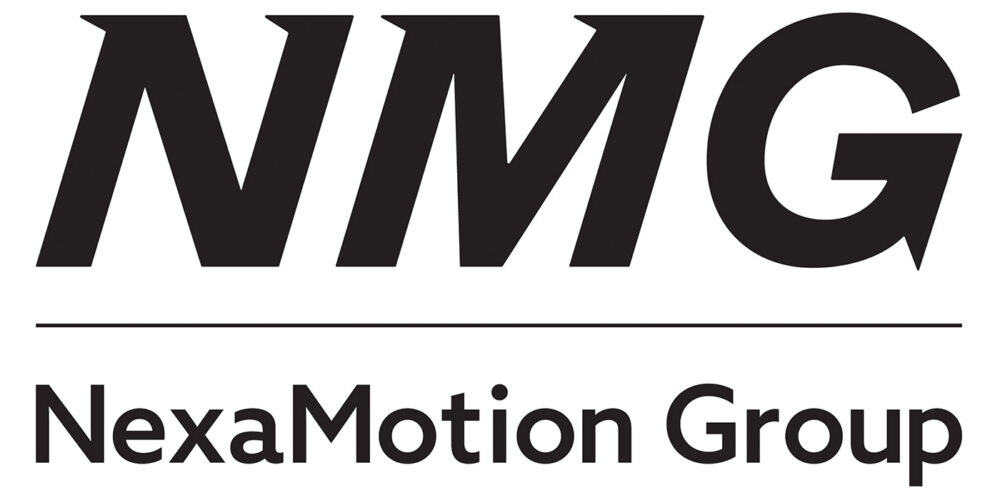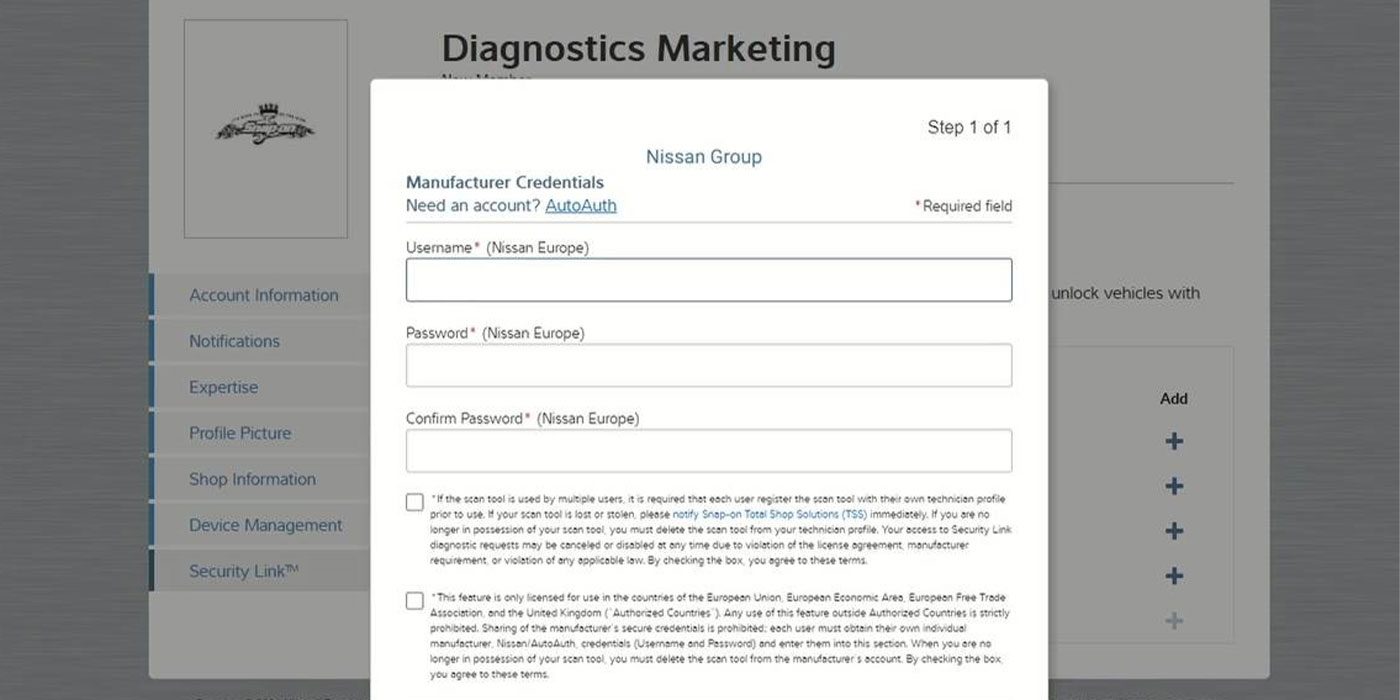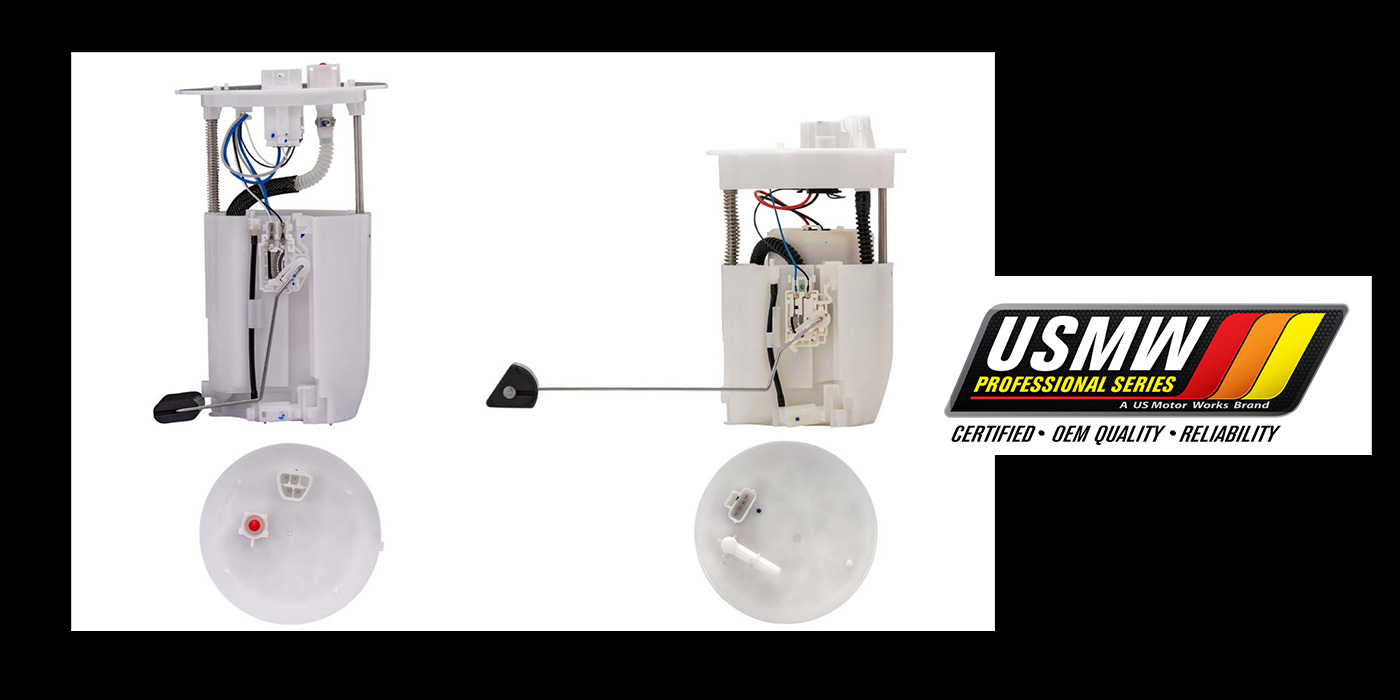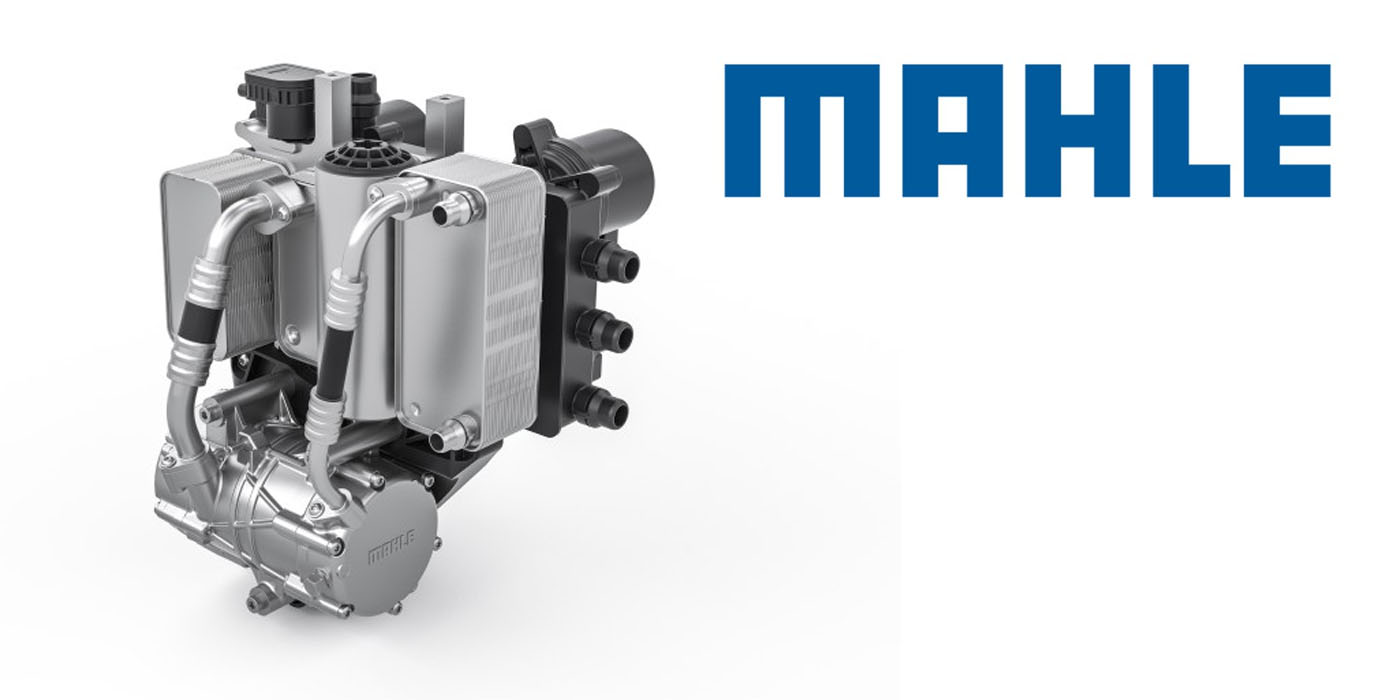The benefits of electric vehicles are evident: The ability to drive past a gas station may produce a warm smile; the sound of more change in your pocket from embracing a more sustainable alternative is like Mozart; and being low maintenance and reducing your carbon footprint help contribute to a greener earth. So, it’s no wonder that electric vehicles are gaining in popularity.
While EVs continue to play a pivotal role in helping us meet global carbon-emission targets, are we prepared to deal with their associated waste streams and other environmental costs? Lithium-ion batteries, tires and used parts can be a burden on landfills. In addition, maintenance waste, such as coolant and brake fluid, must be properly disposed of.
To understand the true value of EVs, it’s imperative to assess the total environmental, social and economic impact from the cradle to the grave.
SEEING REALITY FROM ATOP A MOUNTAIN OF BATTERIES
Most EV components are the same as gas-powered vehicles. However, the most significant difference is the battery. In fact, if you do a quick Google search for “electric vehicle recycling,” the No. 1 item that comes up is the issue surrounding their batteries.
Gas-powered vehicles operate on lead-acid batteries, which are widely recycled. Unfortunately, the same cannot be said for the lithium-ion versions used in electric vehicles. The batteries in EVs are larger and heavier by comparison, and they are made up of several hundred lithium-ion cells – all of which require dismantling. These cells are part of a power unit that contains hazardous materials. If not disposed of or disassembled properly, they can explode or be incredibly harmful to the environment.
According to Smart Energy International, studies show that by 2040, there will be more than 7.7 million tons of EV batteries that need recycling. As more of us switch
to electric power, the need for circular solutions, recycling facilities, and proper waste consulting and management grows.
Manufacturers consider an EV battery’s end of life when it can no longer hold more than 80% of its charge. Think of it like a phone battery: After a while, the time that it holds a charge dwindles. To optimize the sustainability of an EV battery, we must find ways to divert it from landfills and give it life beyond its original purpose.
Japanese carmaker Nissan found that true sustainability can be reached if we do just that with electric vehicle batteries. Nissan uses automated guided vehicles to deliver parts to workers on the factory floor as part of its production line. Traditionally, these battery-powered machines use lead-acid batteries that last only a couple of years. However, engineers have discovered a process that takes old EV batteries and repackages them to fit inside these robots that (ironically) are used to make electric vehicles. So, it all comes full circle.
Governments and vehicle manufacturers are inching toward some level of recycling with electric vehicles, but battery recycling will require more than mere technological advances. The high cost of transporting these items can discourage recycling. However, companies that work with the right service organizations – that keep sustainability, waste and recycling top of mind – can have a massive impact on the betterment of our world.
OTHER OPPORTUNITIES TO ELIMINATE WASTE
In addition to batteries, EVs, like traditional motor vehicles, are made up of metal and plastic fragments, tires, motor fluids, airbags and electrical components that should be recycled. Here are a few examples:
• Scrap metals in electric vehicles can be easily recycled by auto wreckers and recyclers, which cuts down on the amount of waste in a landfill.
• Tires are dumped and burned more often than we’d like to admit, creating an incredible amount of toxic air pollution. Old tires have infinite applications. They can be broken down and made into various useful commodities, such as insulation and material for resurfacing roads.
• Coolant fluid, brake fluid and windshield washer fluid are used in EVs. These waste products can have a negative environmental impact, and we must do our part to reduce, reuse and recycle these items.
• Glass from vehicle windows can be recycled into other
glass products.
• Although a controversial material, plastics from the dashboard and internal structure can be melted down and made into new products.
• Upholstered seats can be harvested for their materials and turned into furniture.
As the age of electric vehicles continues to blossom, businesses should continue to take steps to reduce their carbon emissions and positively impact their bottom line, including recycling standard vehicle-waste products and evaluating waste streams to look for room to grow. In doing so, operators can capitalize on the recovery value of their waste and reinvest their savings into electric vehicles – ultimately making EVs a more immediate viable business option. AMN
About the Author
Ray Hatch has served as president and chief executive officer of Quest Resource Management Group, a national provider of waste and recycling services that enable businesses to achieve and satisfy their environmental and sustainability goals and responsibilities, since February 2016.

